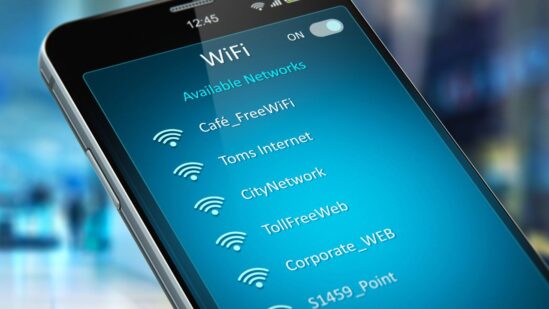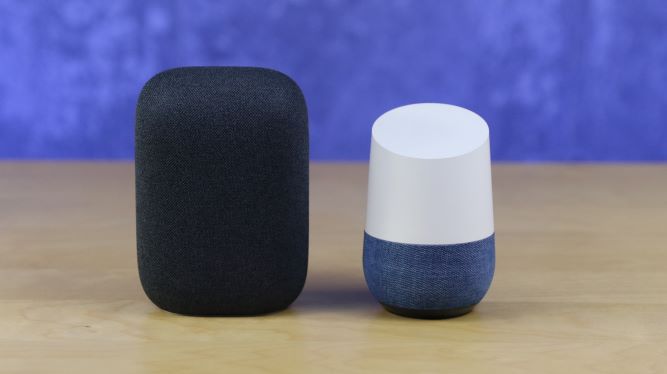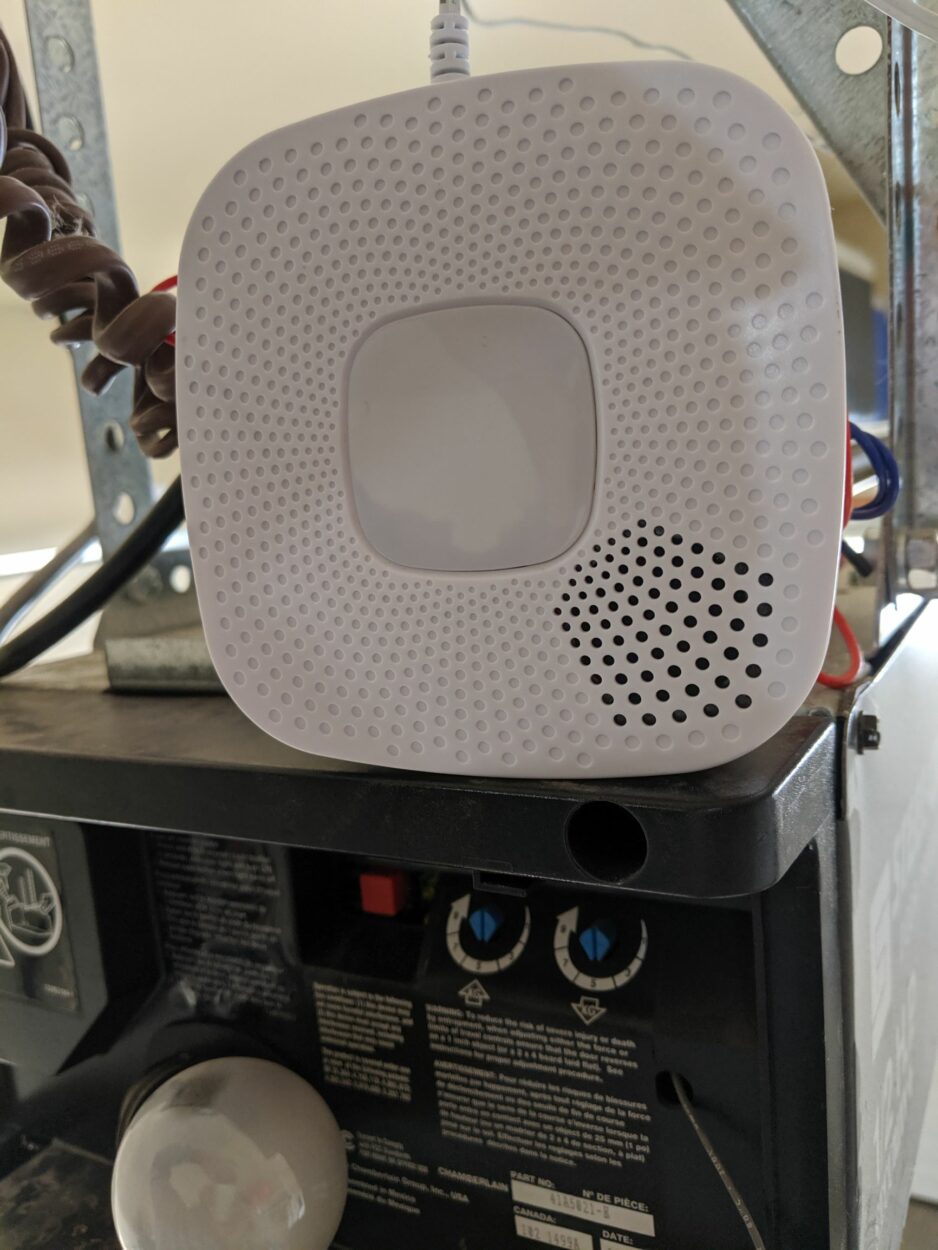

Dealing with smart devices going offline can be a common frustration for anyone with a connected home.
In this article, we will delve into the reasons behind Smart Life devices going offline and explore practical solutions to resolve this issue.
Whether it’s your smart lights, plugs, cameras, or other devices, understanding the causes and knowing how to bring them back online is essential for maintaining a seamless and connected smart home experience.
We’ll discuss the various factors that can lead to smart devices disconnecting from your network and provide simple steps to troubleshoot and rectify the situation.
Whether it’s a Wi-Fi signal issue, an update problem, or interference from other devices, this article aims to guide you through the process of keeping your Smart Life online and ensuring your connected devices operate smoothly.
| Aspects highlighted | Description |
| Offline device | A device having no internet connection can be reliable for some particular tasks. |
| Reasons a device goes offline | Wi-Fi issues, power outages, sleep mode, software issues. |
| Fixing the issue | Troubleshooting, device proximity, re-adding devices, software updates |
| Purpose of Smart Life devices | Home automation, remote control, energy management, and security. |
| Connecting Smart Life to Wi-Fi | Get an account on the app, active pairing mode and consider the displayed instructions. |
What can we understand by offline devices?
An offline device is like a gadget that’s not connected to the internet right now.
This means it can’t do things that need the internet, like checking the latest news or watching YouTube videos. However, it can still do things that don’t require the internet, such as playing games or using apps that are already on it.
When a device is offline, it’s like it’s in its own little world. It doesn’t talk to the internet or send or receive information from far away. This can be a good thing because it’s less likely to have problems like getting hacked or having its information stolen.
Some offline devices work with data or files that are stored on the device itself or on things you can plug into it, like memory cards or USB drives.
This means you can still use these files even if you’re not connected to the internet. It’s like having your own little collection of stuff that doesn’t need the internet to work.
In a way, being offline is a bit like taking a break from the internet. It’s good for some things, like keeping your device secure, and it can be handy when you want to use what’s already on the device without needing to be online.


What are the reasons for Smart devices going offline?
Smart devices can go offline for a few reasons. First, if there are problems with your Wi-Fi, like a weak signal or a wrong password, the device might not connect.
Sometimes, the internet itself has issues, so all your smart devices can’t connect.
Power outages can also cause smart devices to go offline because the Smart Life devices need electricity.
If the power goes out, they can’t work. Some devices, like phones, might go to sleep to save their batteries. When they’re asleep, they’re not online.
If your Wi-Fi network has too many devices connected at once, it can get overloaded, and some devices might go offline. These are common reasons why smart devices lose their internet connection.
Moreover, software or firmware updates on smart devices can sometimes lead to temporary offline periods.
When a device is in the process of updating its software, it might disconnect from the internet to complete the update. Once the update is done, it should come back online.
So, if your smart device is offline, it’s a good idea to check if it’s in the middle of an update, as this can be a temporary and normal situation.
What to do to resolve the issue of Smart devices going offline?
There are simple actions you may take to solve the issue if your smart devices lose internet connection.
Verify your Wi-Fi connections first.
Make sure your Wi-Fi router is active and that your internet is functional. Try resetting your Wi-Fi router if there are problems, or get in touch with your internet service provider.
Occasionally all that is necessary to get the smart gadget to reconnect to Wi-Fi is to switch it off and back on.
Ensure that the gadget is sufficiently adjacent to your WiFi router. It could face problems keeping connected if it’s excessively far away.
Check if your smart device has any software updates.
Keeping its software up to date can improve how it connects to the internet. If it needs an update, go ahead and do it.
If the problem continues, you can try removing the device from your smart home app and then adding it again.
This can help reestablish the connection. Make sure your Wi-Fi network has a strong password to keep it secure. If you have many devices on your Wi-Fi, consider disconnecting the ones you’re not using to free up some bandwidth.
If these steps don’t work, you can contact the manufacturer’s customer support for more specific help.
Following these simple actions can often get your smart devices back online and working smoothly.
For what purposes is Smart Life used?
Smart Life is a flexible program that serves a variety of functions, making it practical for users in multiple ways.
Home automation is a typical use. You can remotely manage and control different smart home appliances like lights, thermostats, and smart plugs using Smart Life.
Smart Life is utilized for the remote control of smart devices. Whether you’re at home or away, you can use the app to control your devices through your smartphone.
Another purpose of Smart Life is energy management.
The app provides insights into your device’s power consumption, helping you monitor and manage your energy usage.
It is also used for security reasons and allows you to connect smart security cameras, doorbells, and sensors to your network, giving you the ability to monitor your home’s security remotely.
You can receive alerts and view live feeds to ensure your home is safe.
What is the way to connect your Smart Life to Wi-Fi?
To connect your Smart Life devices to Wi-Fi, begin by downloading the Smart Life app from your device’s app store.
Once installed, create an account by providing basic information and login credentials. Next, ensure your smart device is in pairing mode, typically indicated by flashing lights or specific patterns.
In the Smart Life app, tap “Add Device” and select the device category, such as a smart plug or bulb.
Follow the app’s instructions to connect the device to your Wi-Fi network. This involves selecting your Wi-Fi network, entering the password, and confirming the connection. The app will transmit the network details to your device.
Wait for confirmation from the app that the device is successfully connected to Wi-Fi.
You may be prompted to give your device a name for easy identification. After a successful connection, customize the device’s settings in the app, such as setting schedules or creating automation routines.


Final Verdict
In this article, we discussed:
- Smart devices going offline is a common issue for those with connected homes, but understanding the causes and solutions is essential for a seamless smart home experience.
- Factors like Wi-Fi problems, power outages, sleep mode, software updates, and network congestion can lead to devices going offline.
- Resolving the issue involves troubleshooting Wi-Fi, checking device proximity, performing software updates, and re-adding devices if necessary.
- Smart Life, a versatile program, is used for home automation, remote control, energy management, and enhancing security.
- Connecting Smart Life devices to Wi-Fi involves downloading the app, creating an account, entering pairing mode, and following instructions to establish a connection.
- Maintaining a reliable smart home experience requires addressing the reasons for offline devices and ensuring they’re securely connected to your network.
- If issues persist, reaching out to the device manufacturer’s customer support can provide more specific assistance.
Other Articles
- 6 Best Solar Panel for Blink Camera [2023]
- Mi Power Bank Blinking but Not Charging (7 Ways to Fix)
- How Do I Give Someone Access to My Blink Camera
- Wyze Camera Keeps Disconnecting


